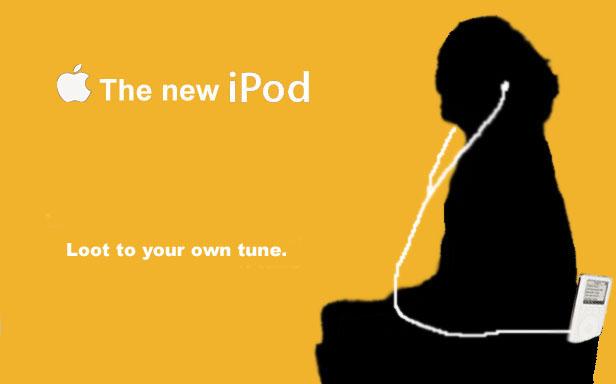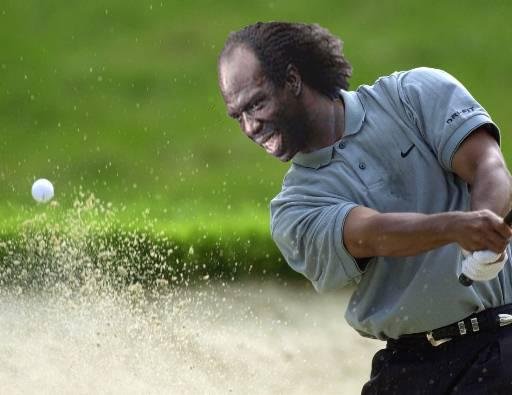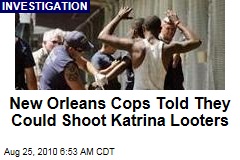

NOLA was monitored constantly by an array of rescue teams-from individuals to the Coast Guard-which used information in rescue efforts. The site became an international focal point for news by local media, and also became a vital link for rescue operations and later for reuniting scattered residents, as it accepted and posted thousands of individual pleas for rescue on its blogs and forums. The newspaper's coverage was carried for days only on NOLA's blogs, as the newspaper lost its presses and evacuated its building as water rose around it on August 30. One example was the effort of, the web affiliate of New Orleans' Times-Picayune, which was awarded the Breaking News Pulitzer Prize, and shared the Public Service Pulitzer with the Biloxi-based Sun Herald. The storm also brought a dramatic rise in the role of Internet sites-especially blogging and community journalism. Louis, Mississippi after seeing a photo of her on, a regional news site. In one instance, a family in Clearwater, Florida discovered their mother was still alive in Bay St. Many family members, unable to contact local authorities in the affected areas, discovered the fate of a loved one via an online photo or television video clip. The news media, both traditional and Internet, also played a role in helping families locate missing loved ones. Media reporting also included coverage of political and religious leaders who suggested that the hurricane which killed 1,836 people was sent as a divine retribution for the sins of New Orleans, or of the South, or for the United States as a whole. This was also criticized as an example of pervasive racism. The image was widely reused on the internet in various modified forms, and was known as "Lootie". The photographers later clarified the two stories, one claiming he witnessed the black person looting a flooded store, while the other photographer described the white people as finding the food floating in floodwaters. Some issues of racial bias in media coverage began to surface as Caucasian flood victims were portrayed in one Agence France-Presse photo as "finding" supplies, while a black person was described in an Associated Press photo as "looting" supplies.

For example, Vanity Fair qualified Brian Williams' (of NBC) work regarding Katrina as “Murrow-worthy” and reported that during the hurricane he became “a nation’s anchor.” The New York Times characterised William's reporting of the hurricane as “a defining moment.” Later, questions were raised about this reporting by the Times-Picayune of New Orleans. įor some, the hurricane was a career-defining event. Many officials later claimed these rumors often impeded the relief and rescue efforts. A few of the reports of rape and violence were based on statements made by New Orleans city officials, including the Chief of Police. However, only one actual report of a raping occurred during the uproar. Many news organizations carried the unsubstantiated accounts that murder and rape were widespread, and in some cases later repeated the claims as fact, without attribution. Many journalists also contributed to the spread of false rumors of lawlessness among the victims, which many have been interpreted as an instance of yellow journalism. Geraldo Rivera went so far as to compare the convention center to Willowbrook State School. Rivera tearfully pleaded for authorities to either send help or let the people leave.

This was best illustrated when Shepard Smith and Geraldo Rivera of Fox News, among others, reported thousands of people stranded at the Ernest N. Authorities, who monitored the network news broadcasts, would then attempt to coordinate rescue efforts based on the news reports. Several reporters for various news agencies located groups of stranded victims, and reported their location via satellite uplink.

Due to the loss of most means of communication, such as land-based and cellular telephone systems, field reporters in many cases became conduits for information between victims and authorities. Many representatives of the news media reporting on the aftermath of Hurricane Katrina became directly involved in the unfolding events, instead of simply reporting.


 0 kommentar(er)
0 kommentar(er)
